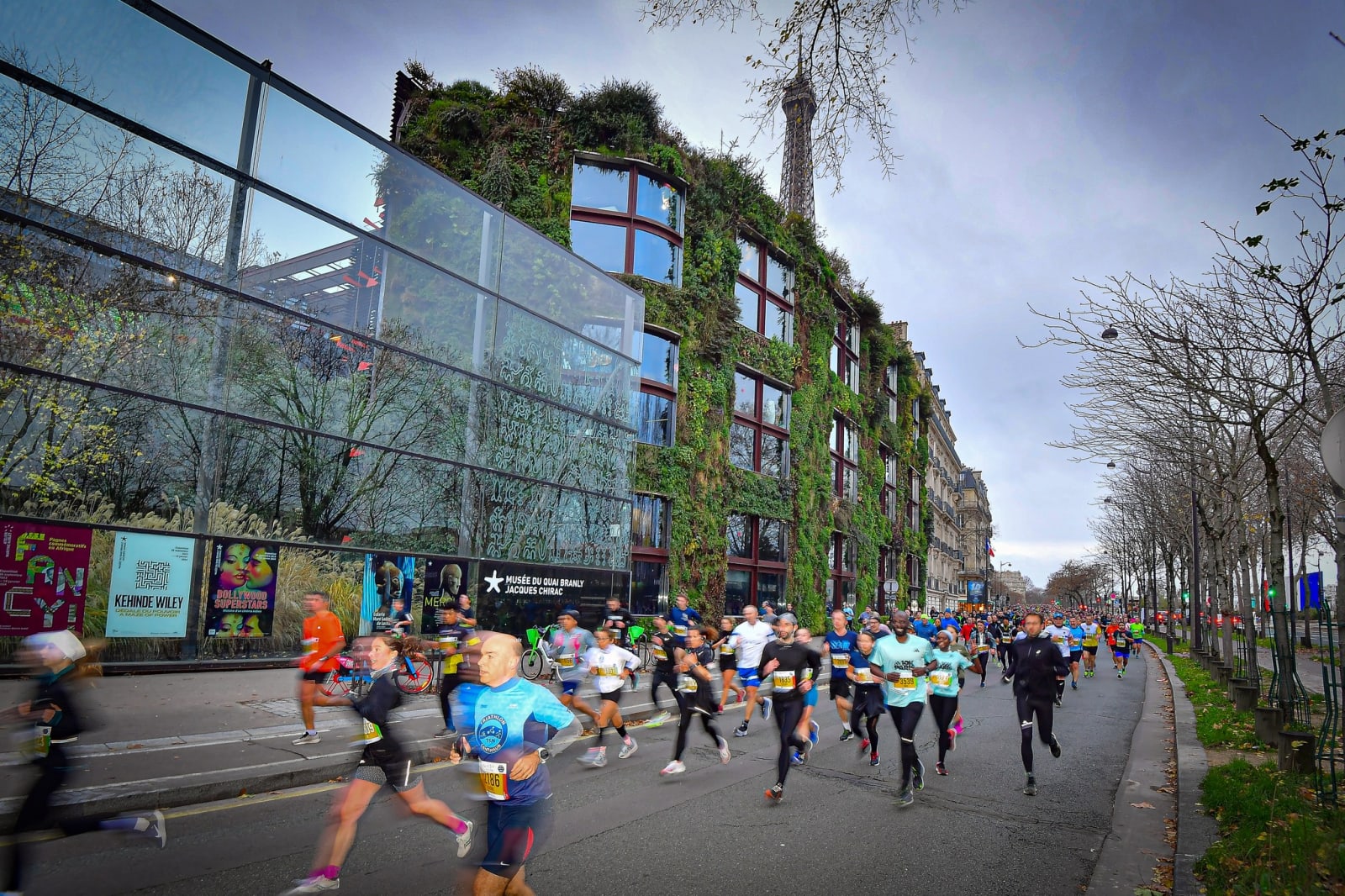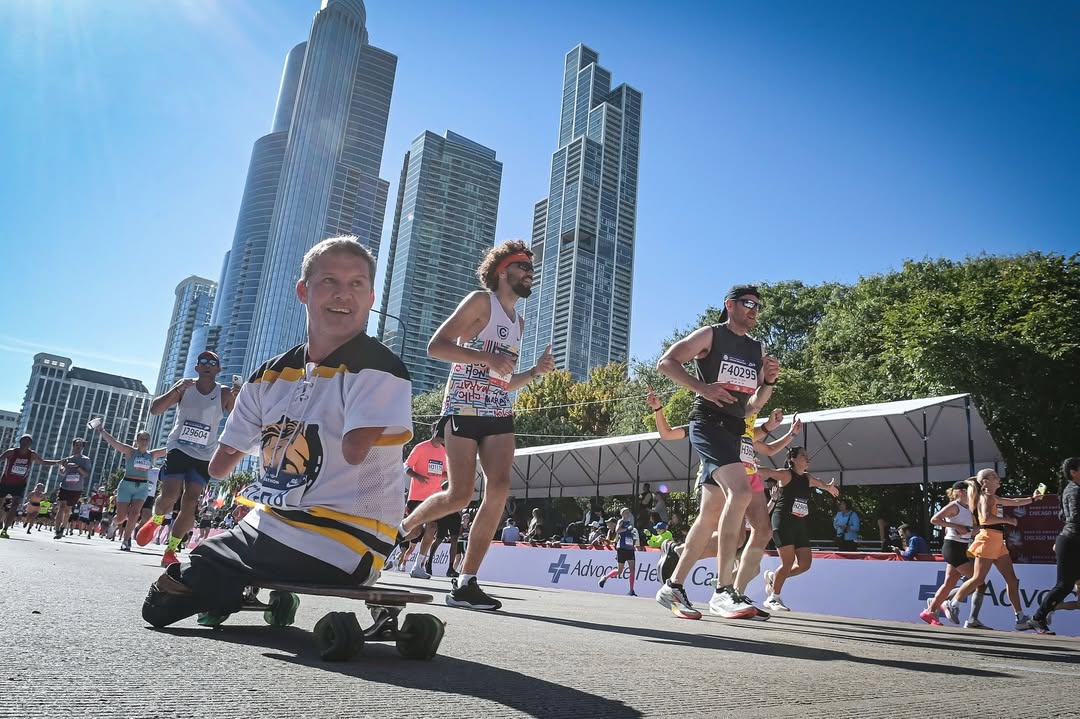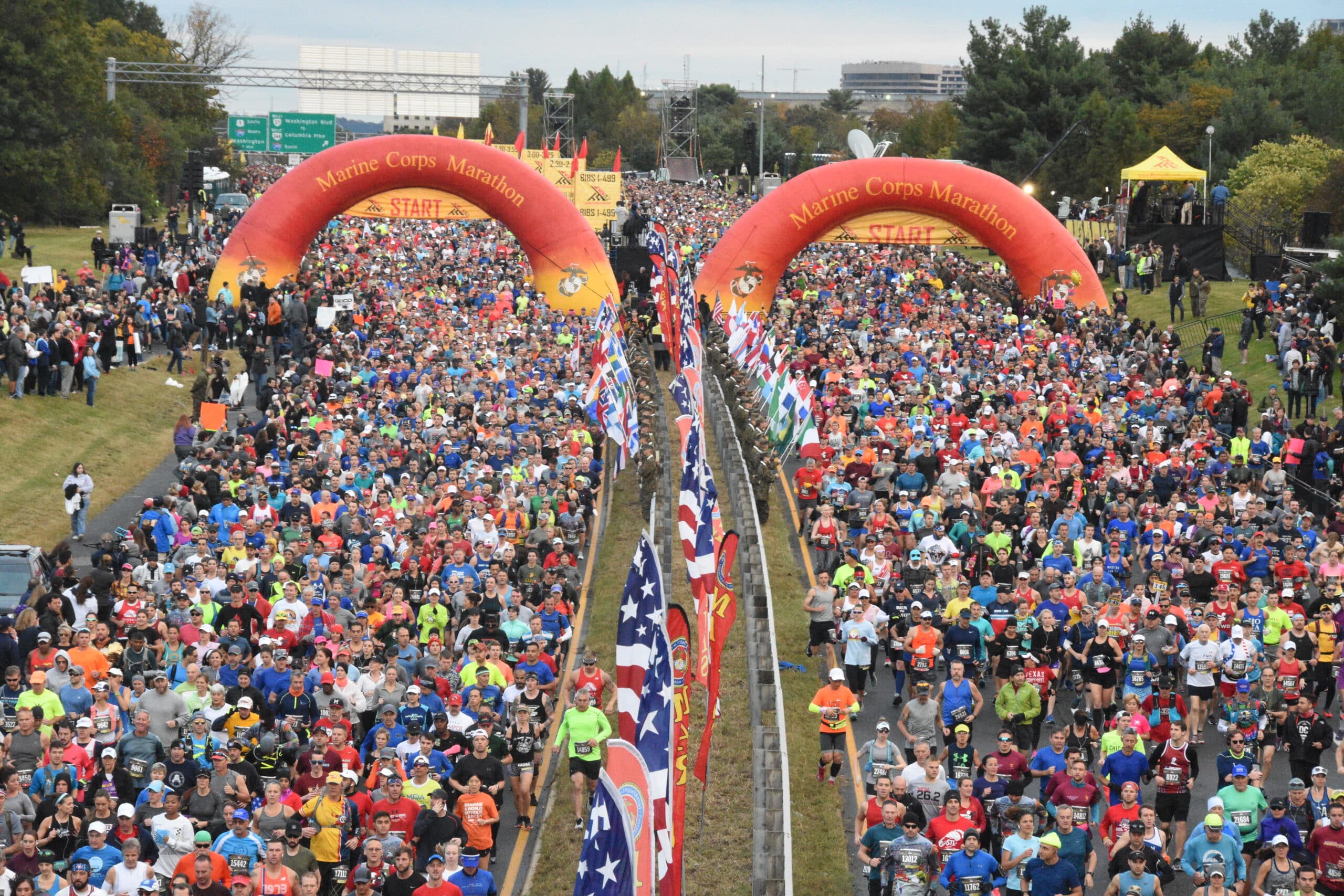Nike shoes, rare models, counterfeits… Vinted joins the race for running gear
Since its creation in 2008, the second-hand online marketplace Vinted has experienced continuous growth. Today, the company ranks as the leading platform in terms of clothing sales volume, according to the French Fashion Institute. Among the thousands of daily transactions, running gear holds a prominent place.
With more than 23 million users in France alone, the second-hand platform Vinted has become the country’s leading clothing marketplace—nearly a third of the company’s total user base across some twenty countries. Clothing and shoes, especially those designed for running, have carved out a special niche on the app. As running continues to boom and demand for sports brands soars, the platform has become increasingly popular among athletes. Whether it’s new or used gear, rare items unavailable in stores, or vintage accessories, many now see Vinted as the ultimate playground for finding running equipment.
| The Hidden Gems of Vinted
Some runners use Vinted to hunt down exclusive gear, often coming directly from sponsored athletes. These items are nearly impossible to find elsewhere and are a real delight for well-connected runners. Pauline Weber Ferrari, a national-level road, cross-country, and track athlete, says she loves the app for discovering “exceptional products,” which make up nearly all of her purchases on the platform.
The 2022 French under-23 10 km silver medalist has found in Vinted an alternative to the steep prices of niche site Track and Field Clothes, known for reselling gear from sponsored athletes. She doesn’t use Vinted to save money or to sell her own gear, but rather to hunt down very specific, often rare, items.
“Thanks to Vinted, reselling has become mainstream. Athletes started selling their gear, especially when they switch sponsors. They’re not necessarily looking to make a profit — it’s more about clearing out their closets. That’s where it gets interesting, because it allows you to find unique pieces you won’t see on every track. Plus, you can negotiate prices, which isn’t possible on a traditional retail site.”
Pauline Weber Ferrari, 2022 French 10 km runner-up
Beyond exclusive items, Pauline Weber Ferrari also buys more standard apparel — pieces she already knows and trusts. Nike Aeroswift shorts or adidas Adizero gear, for instance. She sticks to familiar models but enjoys hunting for a good deal. The road-running specialist, however, is wary of the many running shoes sold on Vinted, which aren’t always authentic. “A friend of mine ordered a pair of carbon-plated shoes — brand new, in the box. After a few runs, he started feeling pain in his feet. The sole had ripped apart, and when he cut it open, he realized there was no carbon plate inside — they were fakes.”
That bad experience reminded her of another — buying what she thought was an authentic elite-range shirt that turned out to be a counterfeit. “It’s not a big deal for clothes, but for shoes, I’m really cautious. I stopped buying running shoes on Vinted because it’s almost impossible to tell if they’re genuine or not.”

| Vinted, a Haven for Counterfeits
A view shared by Romain Levêque, a regional-level runner and longtime Vinted user who has been active on the platform for eight years. He mainly buys new running gear but has grown cautious about footwear. “I’m a lot more hesitant than I used to be when it comes to buying shoes. I feel like there are more and more counterfeits on the platform now, probably linked to the rise of sites like AliExpress. I don’t take the risk anymore,” explains the Auvergne-based athlete, who originally started using Vinted to flip items and make a bit of money on the side.
Though he’s stopped that side hustle, he still sells models he didn’t enjoy wearing — just to keep them from gathering dust. “I list them for a low price, maybe €50 for a pair I bought for €110 and only wore a couple of times. I do the same for pairs that are worn out: I clean them up, don’t include every little detail in the listing, and sell them cheap to clear them out.”
The runner has noticed the effects of the platform’s growing popularity. His theory: more users online all the time means more competition — and fewer “big finds.” “The secret to Vinted is simple,” he says. “The more often you check, the better your chances of finding good deals.” He also notes that a few years ago, sellers didn’t pay as much attention to what they were listing. “Now it’s much harder to stumble upon a hidden gem. It’s probably due to increased competition among sellers and the fact that more people research prices before listing.”
| Caution and vigilance
The main appeal for athletes lies in prices often lower than those found in stores. As running continues to grow in popularity, specialized brands have multiplied, not always offering affordable options. Vinted often makes it possible to gear up at a lower cost — though not in every case.
Agathe Coutre, an interregional-level athlete from Allier, explains that she has purchased items on Vinted “only two or three times.” She prefers to turn to the frequent sales on traditional sites, especially for shoes, out of fear of counterfeits. “I don’t always trust sellers who have tons of items from the same sports brand — I find that suspicious.”
Her fellow athlete Amélie Poyet shares this cautious approach. The runner doesn’t browse the app aimlessly and uses Vinted only for specific searches, limited to new items. The graphic designer buys on the platform only after confirming that the product is cheaper there — and when it’s no longer available elsewhere.
“Most of the time, I feel like it’s not really worth it. You can often find new gear on sale elsewhere for less. As for shoes, with the number of fakes out there, it’s really risky and not very appealing.”
Amélie Poyet, interregional-level athlete
Amélie Poyet admits she struggles to find real gems and finds that technical clothing remains quite expensive once buyer protection and shipping fees are added. Indeed, when placing an order, several extra costs are applied, which can drive the total up, sometimes by nearly €10. All these commissions add up and occasionally even exceed the original sale price, enough to discourage more than a few users.
| An app designed like a social network
Fashion — and especially sportswear — remains the most popular category on Vinted. Over time, the app has broadened its reach to new domains, including electronics. The secondhand giant no longer limits itself to clothing and sneakers but also features GPS watches, bone-conduction headphones, and other running accessories.
The company is rolling out new tools, such as image-based search similar to Google Lens. The idea: find a product faster using just a photo. Its success also rests on the ability to make offers and chat directly with sellers, heightening the pleasure of bargaining and scoring a good deal. These innovations make the platform increasingly smooth — and, in some ways, addictive.
Some regular users have become true experts. Today, the app works almost like a social network: the more active you are, the more you buy, and the better the algorithm understands your exact preferences. You’re shown more tailored listings, which in turn makes you more likely to give in to temptation.
Logging in quickly becomes second nature — almost as instinctive as scrolling through Instagram. Over time, you learn to refine your searches, master the array of filters and features, and develop a quiet sense of satisfaction when you finally snag that elusive pair of running shorts.
| Items growing ever more sought-after
And inevitably, this dynamic has created a new economy around the most sought-after items. The popularity of a listing can now spread quickly thanks to the favorites feature and new mentions such as “in demand” or “this item is very popular.” These indicators often encourage impulsive buying. With the growing number of users and a more refined interface, certain sports products are snapped up within minutes, even when priced higher than in retail stores.
One striking example is the limited-edition T-shirt by the influencer Clem qui court. Originally sold for under €40, the item was later resold for several hundred euros on Vinted. Such situations are becoming increasingly common on the platform. Some users admit feeling pressured to buy an item out of fear they may never see it again. Others describe a sense of frustration when another buyer is quicker. Many report logging in frequently, afraid of missing out on a good deal.
The popularity of sportswear on the platform is undeniable. Maryline Ferraz, a regular seller and buyer as well as an interregional-level athlete, has noticed it firsthand. “I love this site because it lets me resell things easily and quickly. Technical clothing sells extremely fast at good prices, especially Nike models, which are in very high demand.” The 800 m specialist lists her running shoes to earn money for new purchases while being cautious of counterfeits. The physiotherapist also resells elite athletes’ gear, either bought from specialized Vinted sellers or received from friends sponsored by major brands.
“I used to love getting my hands on those exclusive pieces, but I rarely wore them because I didn’t feel legitimate dressing like an elite athlete. I’ve accumulated so many running outfits. Now I’m more pragmatic — I keep only what I really need and sell the rest. It’s better if it makes someone else happy.”
Maryline Ferraz, athlete and regular Vinted user
Vinted is emerging as a serious competitor to traditional running gear websites. Between great deals, rare finds, and counterfeit risks, the app is full of both gems and pitfalls. Some runners can’t live without it, while others prefer not to take the chance of buying through the platform. Either way, Vinted has strong potential to establish itself as a unique space for discovering and trading sports products.

Emma BERT
Journaliste



